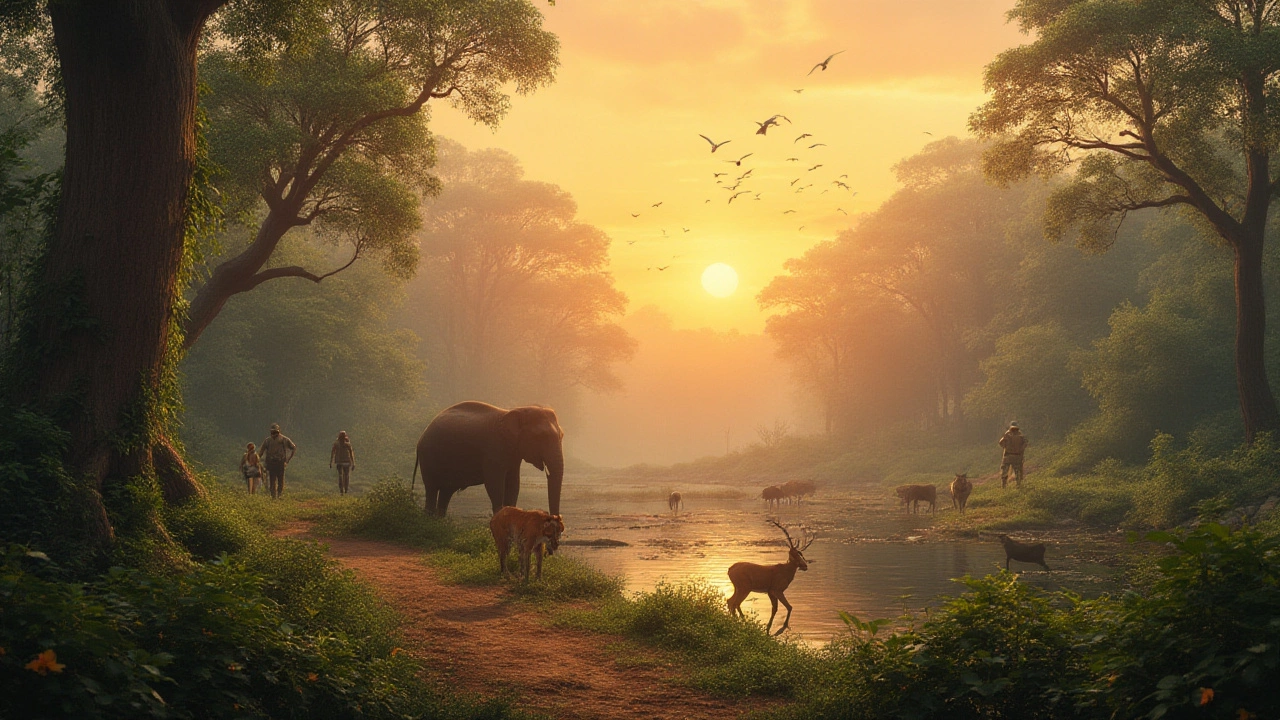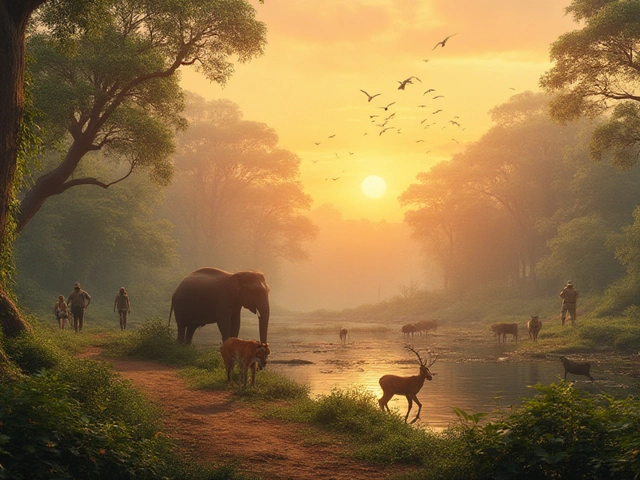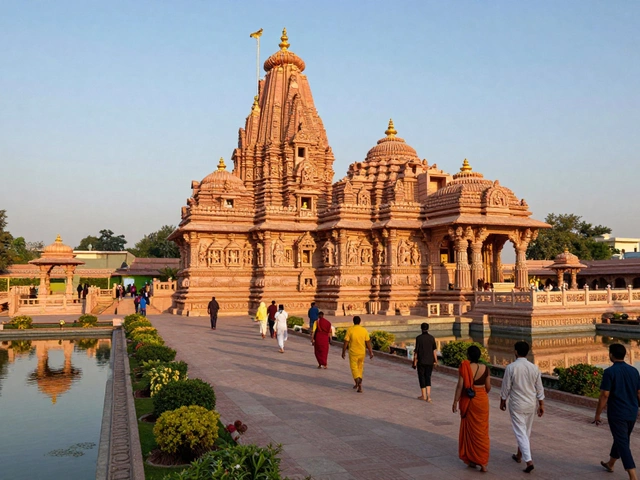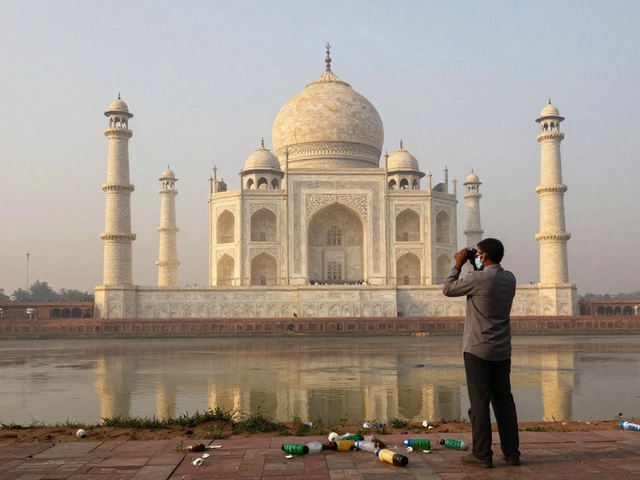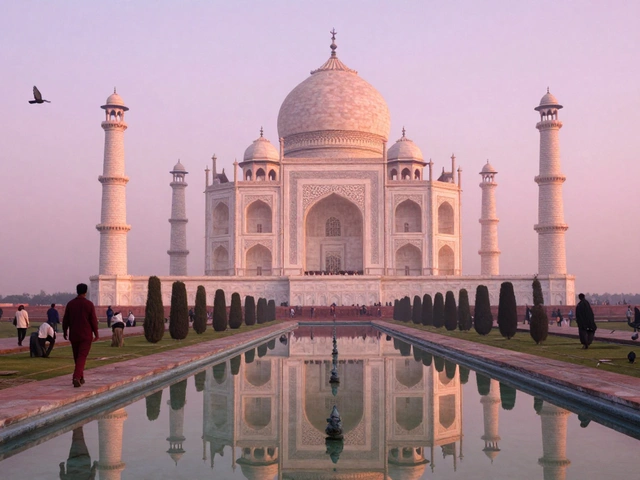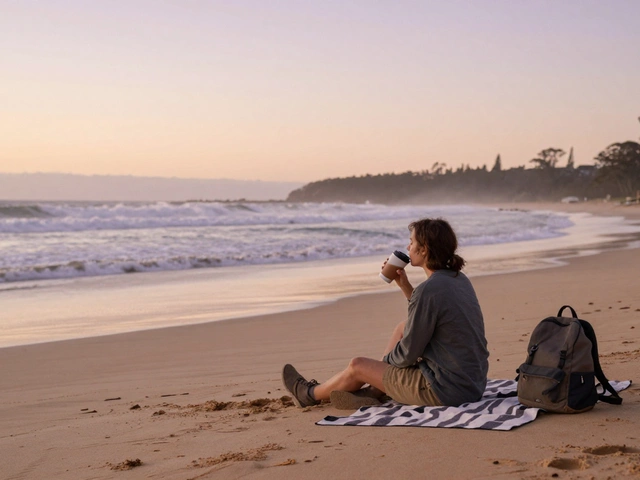Picture this: it’s early morning, the sun is just peeking above eucalyptus trees, and somewhere in the hush, a mob of kangaroos grazes in peace. Many of us trust that wildlife sanctuaries really are safe heavens for creatures like these—but are they? The reality is more tangled than we’d like to imagine. Sanctuaries are designed to protect animals, but threats—some obvious, others less so—often slip past. Let’s break open what it actually means for animals living inside these so-called safe zones, and whether they truly find rescue or more danger within sanctuary boundaries.
Wildlife Sanctuaries: Promise and Purpose
The original goal of a wildlife sanctuary is simple: create a space where animals aren’t hunted, harassed, or losing ground to bulldozers. Unlike zoos, sanctuaries don’t exist just to display animals—they’re supposed to mimic the wild as closely as possible, giving endangered species like tigers, elephants, or even the humble numbats a fair go at survival. Globally, as of the latest figures, more than 17 million square kilometers—about twice the size of Australia—are dedicated to protected areas, and sanctuaries sit at the heart of that effort.
But setting up a sanctuary isn’t just about drawing lines on a map. Real protection comes from boots on the ground. Governments, NGOs, and even local communities all play a role, whether it’s rangers warding off poachers or researchers tracking rare marsupials with GPS collars. Across Australia, for example, sanctuaries like Currumbin and David Fleay’s have led to massive wins for reintroducing species such as the eastern bristlebird or the greater bilby, which would likely be extinct in the wild without this support.
Sanctuaries often act as rescue centers, taking in animals injured by cars or displaced by wildfires—a tragic but routine reality in places like Queensland and New South Wales. Animal hospitals within sanctuaries have patched up thousands of koalas and flying foxes after bushfire seasons. Some sanctuaries double as research hubs; scientists uncover info on diseases, behaviour, and breeding, which helps animals both inside and outside sanctuary fences.
Yet, not every sanctuary is winning awards. Some look more like “paper parks”—protected by laws, but without rangers, money, or public support. In Southeast Asia, corrupt managers sometimes turn a blind eye to illegal logging, while parts of Africa see sanctuary animals fall to trophy hunters who bribe their way past officials. According to a landmark 2023 study published in Science, roughly a third of so-called protected areas worldwide have lost more biodiversity than surrounding lands, simply because the protections are weak or ignored.
Still, the best sanctuaries manage to keep out most direct threats. No guns, no traps, no bulldozers. Elephants in Botswana’s Okavango sanctuary roam for hundreds of kilometres across linkages stretching from Nigeria to Kenya. In Western Australia, fully fenced sanctuaries have brought back numbat numbers from under 300 to over 1,800 in less than a decade, showcasing how targeted efforts can pay off for critically endangered species.
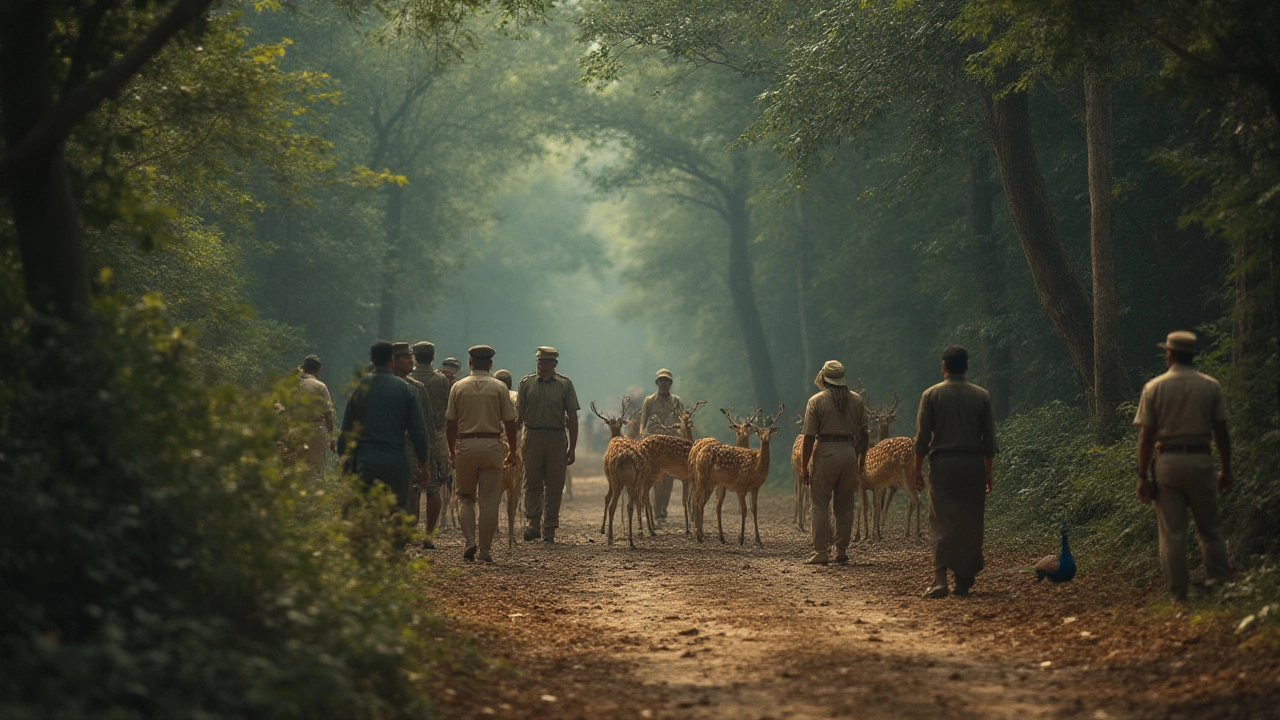
Risks and Threats: Hidden Dangers Behind the Fences
If only predators in a sanctuary came with warning labels. While a strong fence can stop a poacher or keep feral cats out (most of the time), nature and humans are messier than that. The first threat animals face is, ironically, people. Unregulated tourism has become a sneaky problem. When visitors leave trash behind or try for a selfie with a quokka, it can make wildlife anxious or sick. In peak holiday seasons, sanctuaries may see thousands of feet trampling through fragile bush, destroying nests, disturbing reclusive species, or even spreading diseases—both human and animal.
It’s not just the crowds, though. Disease is a huge and rising risk. Take koalas: chlamydia runs rampant among wild and semi-wild populations, and tight sanctuary quarters make transmissions worse. The 2024 Queensland Wildlife Health Report links the spread of mange and tick-borne illnesses directly to overcrowding in certain enclosed areas. One small outbreak can put carefully sustained populations in jeopardy.
Wildfires bring another layer of danger. Climate change means fire seasons get longer and harder every year, and even sanctuaries aren’t fireproof. In 2020, a third of Kangaroo Island’s wildlife reserves burned, wiping out almost 80% of their koalas and pushing the glossy black cockatoo close to extinction. While some sanctuaries do well with controlled burns and strategic firebreaks, a bad spark in the wrong place can overwhelm the best planning.
Predators, both introduced and native, cause big problems as well. In Australia, foxes and feral cats are infamous for slipping through cracks, snatching up native marsupials and birds—sometimes before management even notices. Polytrack fencing and underground barriers help, but nothing is foolproof. There’s also competition for food and territory: especially in smaller sanctuaries, overcrowding can leave weaker animals starved or forced out. A 2022 survey from South Australia’s Arid Recovery showed that wallabies and small birds inside fenced areas had better survival rates, but conflicts increased as population density spiked.
Even water, something so basic, isn’t guaranteed safe. Sanctuaries often rely on rainwater tanks or local streams—but pollution, prolonged drought, or illegal dumping outside boundaries can ruin a water source overnight. Aquatic species like turtles or frogs, dependent on creeks that run through both sanctuary and farmland, are at constant risk from runoff pesticides or fertilizer algaes. For truly safe water, sanctuaries need regular tests and, ideally, their own protected catchments.
One more unexpected threat: genetic bottlenecks. When only a handful of animals form the breeding pool inside a sanctuary, inbreeding can lead to weak offspring, genetic diseases, or loss of important behaviours. National parks in Namibia have swapped out cheetahs and antelopes between sanctuaries just to keep diversity up. Australian programs are experimenting with carefully planned animal moves to keep healthy populations for future generations.
To make this real, let’s drop in some fast facts comparing threats inside and outside sanctuaries:
| Threat | Inside Sanctuary | Outside Sanctuary |
|---|---|---|
| Poaching | Rare (≤5 cases/year AVERAGE - Currumbin, 2023) | Common (>50 cases/year nearby bushland) |
| Wildfire loss | Medium (1-3 events/decade) | High (4-10 events/decade) |
| Disease outbreaks | Occasional high impact (2-3/year) | Regular (every season, mixed impact) |
| Introduced predators | Low-moderate (after major fence breach) | Very high, ongoing |
See how the numbers tip in animals’ favor within sanctuaries, but not by as much as most folks might guess? Safety is relative, not absolute.
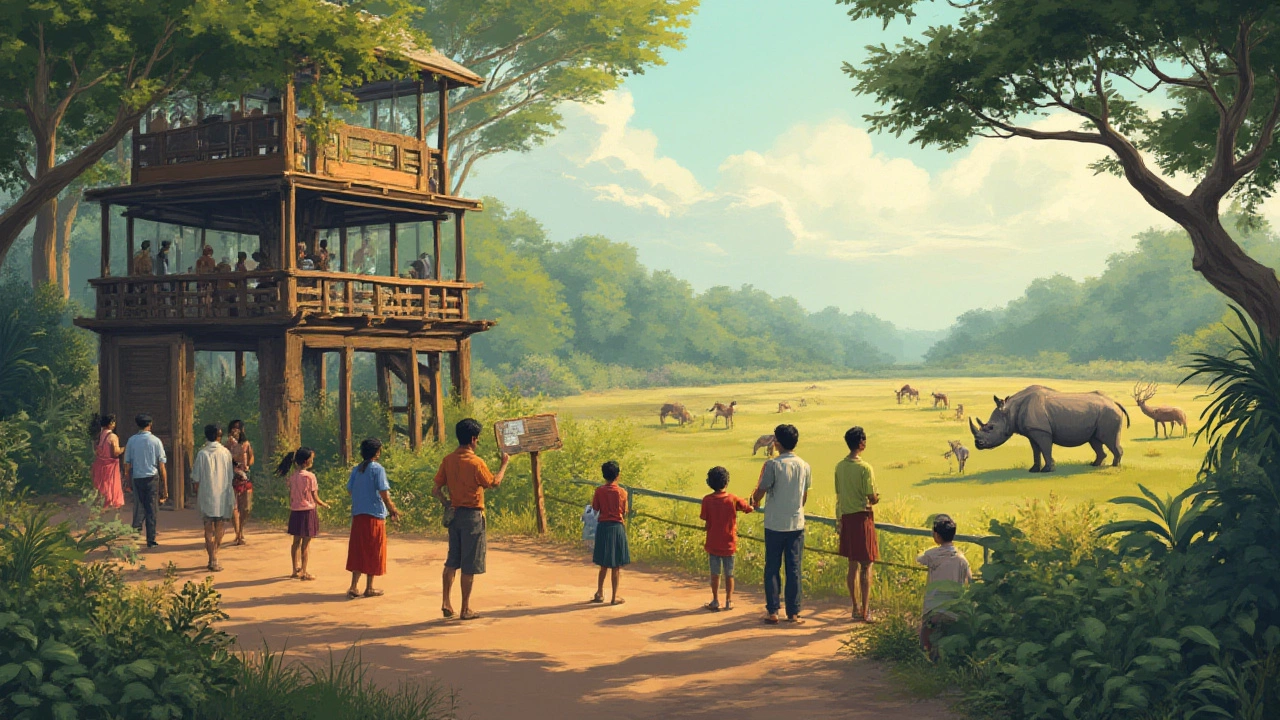
How Can Sanctuaries and Visitors Make Animals Even Safer?
If you’re thinking, “Where does the power to improve come from?”—look in the mirror. Visitors, staff, locals, even politicians play a role in making these places actually safe. For researchers and founders, it’s all about building better fences, setting up rapid-fire monitoring with satellite tags, and running emergency drills (think: fast evacuation for threatened animals during bushfire season). Sanctuaries like Scotia in New South Wales have installed dingo-proof fencing that’s monitored with vibration sensors, allowing real-time alerts if an animal or person tries to break through.
Tech is a game changer. Drones now scout for hidden fires or poachers. Camera traps track animals without anyone getting close. Real-time alarms linked to mobile apps mean rangers can swoop in before a feral pig wrecks a nest—or before a rare echidna wanders into a road. The use of RFID chips for tracking has helped bird breeding programs hit all-time highs at sanctuaries like Arid Recovery and Tidbinbilla.
Visitor behaviour matters—a lot. Simple things like sticking to marked trails, not feeding wildlife, and packing out rubbish add up. Some sanctuaries have gone to ticketed, timed-entry schemes to avoid crowd surges. Others train volunteers and visitors in spotting animal stress signals, so humans intervene only when it helps.
Support doesn’t have to be hands-on. Donations fund vet care, cameras, and fence maintenance, which is surprisingly pricey—one major sanctuary in Western Australia spends over $100,000 a year just on pest-proofing fences and water tanks. Even a single broken post could let a cat in and do untold damage.
Encouraging politicians to back better sanctuary laws is vital. When governments fund more ranger positions, local jobs rise and animals get better protection. In 2024, a push by citizen groups in Queensland led to the hiring of 15 new rangers and the introduction of drone patrols, slicing poaching incidents almost to zero.
And yes, sometimes animals need to be moved from place to place. Translocation—literally driving or airlifting animals between sanctuaries—keeps genes fresh and populations healthier. It’s stressful and costly, but for species like the mala (rufous hare-wallaby), it’s the difference between extinction and comeback.
To help visitors, here’s a mini-guide to making an actual difference when you visit:
- Check the sanctuary’s credentials. Real sanctuaries usually list partnerships, staff bios, and conservation projects.
- Always obey staff instructions and signs, no matter how silly they seem.
- Ask about local threats and current programs—curious visitors keep staff sharp (and accountable).
- Photo? Sure—but keep your distance. Some animals see cameras as a threat, not a treat.
- If you spot sick or distressed wildlife, report it to rangers rather than trying to help. Quick human fixes often do more harm than good.
- Donate or volunteer—sanctuaries run on thin margins and every dollar gives animals a better shot at safety.
Packing up the facts, animals in sanctuaries are usually wildlife sanctuary’s best-protected residents—but “safe” is always a moving target. True sanctuary comes from combined people power, science, gutsy decision-making, and a little bit of luck. So don’t take the fences for granted; whether you’re a traveler, a researcher, or just someone who cares, there’s always something more to do for the creatures counting on us to keep their wild world spinning.
